
Schedule Intro
A representative from Calyos will reach out to you to plan an introductory web call where they will explain how our technology works and demonstrate the applications and benefits of it.

A representative from Calyos will reach out to you to plan an introductory web call where they will explain how our technology works and demonstrate the applications and benefits of it.
Newsletter
Location:
DATE:
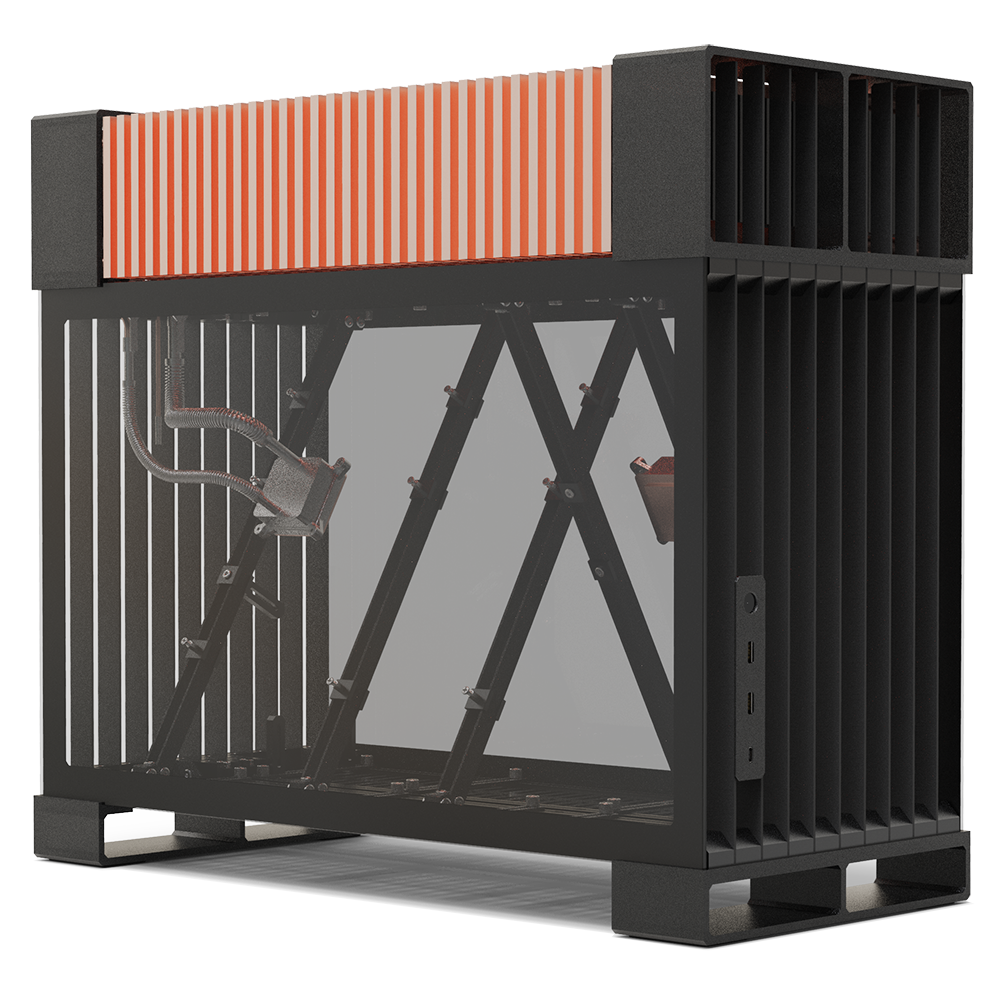
Thermal design in PCs has come a long way. As each generation of processor is released, it creates new challenges for the ever-evolving teams of thermal engineers. At first, it was simple to solve, but today those teams are bigger than ever as they grapple with the rapidly increasing TDP.
Here are some examples of where we have come from and where things stand today:
CPUs:
GPUs:
In the 1990s, CPUs relied on simple aluminum extrusions or die-cast heat sinks - then came the fans. The image below is a great example of this from a Pentium III processor, with the simple heat sink and a fan mounted to the CPU. This was designed to cool 29W of thermal power from the CPU.
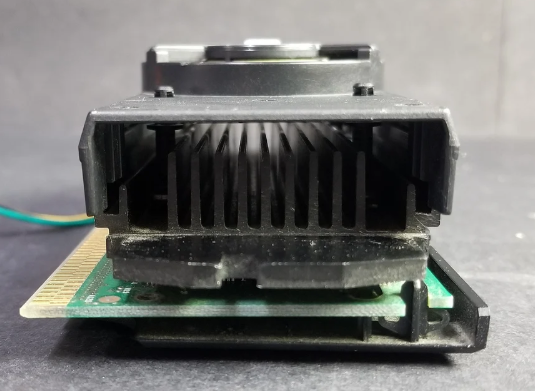
Vintage Intel Pentium III Processor Unit With Heatsink Fan 450mhz 512k Cache Untested
By the early 2000s, heat pipes became standard in high-end air coolers, with the first commercial models, like Cooler Master’s CHK-5K11, paving the way. This enabled processor TDPs to rise to more like 50-60W. The key advantage was obviously that the heat pipes could transport the heat to fins much further away, with a far lower thermal resistance than just using conduction. This is extra important as engineers wanted to minimise the use of copper, in favour of aluminium.
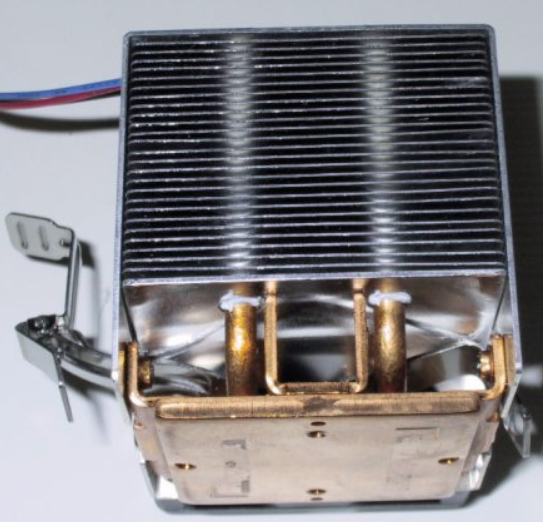
Cooler Master DP5-5K11 - Socket-A & Socket-370 Cooler Roundup - November 2000
Laptops followed their own path, adapting quickly to the extremely limited space constraints. Manufacturers began integrating flattened heat pipes for tight layouts by 1997. Eventually, vapour chambers appeared too, and now we see both designs used today. Obviously, larger laptops like those used for gaming can accommodate much larger and therefore more effective cooling systems.
Smartphones have also followed a similar journey to laptops, again due to the limited spacial constraints. Both of these applications are going to struggle in the near future with increasing cooling needs, and I am fascinated to see how engineers solve the problems and to see what emerges as the dominant solution. I have seen some very small, thin, flat Loop Heat Pipes created for research purposes, but I am yet to see any commercial applications - maybe Calyos will play their part in solving this one day.
At first the easiest way to solve the thermal challenge is to increase the airspeed, inevitably at some point this reaches a limit, the fans become too loud for realistic use (this is not a data center!) and a new technology must be adopted.
New tech like heat pipe heat sinks or vapour chambers, reduces the airspeed while boosting the performance, but eventually the same problem arises, the fans ramp up and another new solution must be found - hence the move now towards active water cooling.
Brands like Corsair made liquid cooling accessible with closed-loop AIOs, allowing water cooling to be accessible to almost anyone who has built their own PC. Larger radiators, RGB, and refined pump designs have made them the go-to for many performance gaming builds. Below is an image of one of Corsair's early models, the H50.
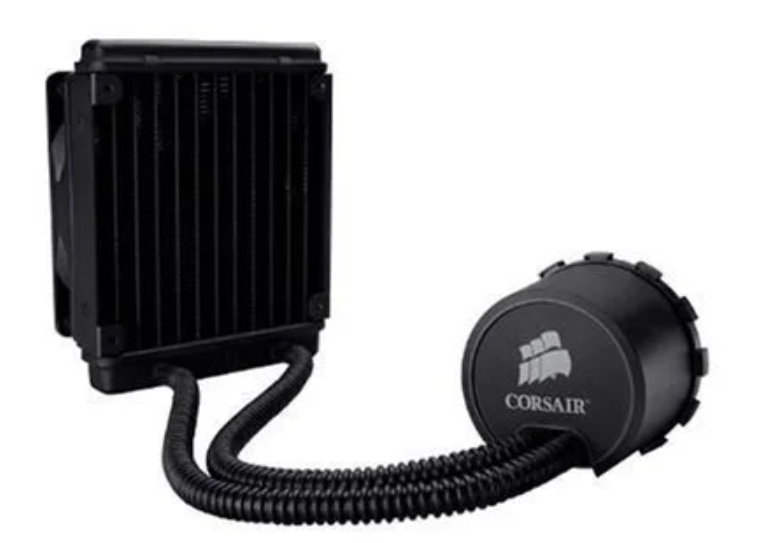
Which CORSAIR AIO Liquid CPU Coolers are compatible with CapSwap? | CORSAIR
EK pushed the boundaries further with modular, semi-custom systems (like the EK-MLC Phoenix). These gave users the flexibility of custom loops with easier setup and expansion. It also gave you the ability to water cool a myriad of different components inside your PC, if you were up to the challenge of assembling, filling and testing the system.
In the past year EK have really struggled to stay afloat, and has lost some key people in the process, however they did resurface at Computex this year.
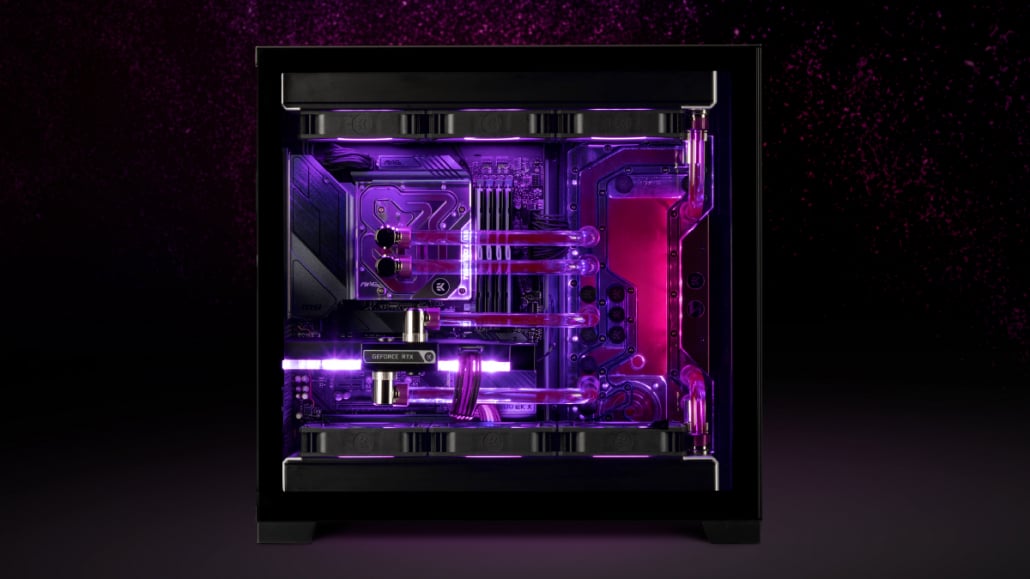
Despite this push towards water, many tech reviewers and PC builders continued to stick with tried and trusted two-phase heat pipe heat sinks from companies like Noctua, with their NH-D15 pictured below.
The reason for this, is because of the issues users faced:
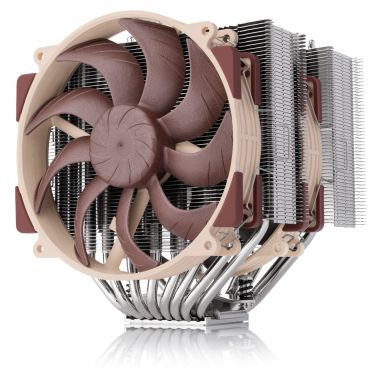
From Calyos point of view, we are working on two interesting collaborations that are resulting in some great new products to hit this market.
Two big issues with water cooling come from the use of pumps and water itself (a conductive fluid). What if you didn’t need to use water or a pump at all?
That’s the idea behind our collaboration with Noctua: a sealed, two-phase loop cooler in an AIO form factor, with no pump, no moving parts, and no maintenance. Calyos provides the knowledge and experience of designing two-phase thermosiphon loops, that enable passive transportation of the heat via evaporation and condensation. Noctua brings world-class integration and thermal optimization, shaped by years of trusted design within the personal computing market.
Together, we’re building a solution that outperforms traditional AIOs in reliability, noise, and cooling performance, without the risks that have historically held liquid cooling back.
I am excited to see Noctua launch this product into the market!
For many users, silence is super important, hence why we see so many active noise-cancelling headphones available today, some people even where them to sleep! I must admit, it is difficult for anybody to escape the noise today, and that includes the sound of fans in both laptops and desktop PCs. For some industries it is especially important, think about music production for example.
Fanless systems were once a reality for builds with TDPs of less than 100W. But today’s 600W systems? Not so much.
That’s where Streacom’s SG10 steps in, again using Calyos' knowledge and experience designing and building passive, two-phase loops we have been able to collaborate and create a truly unique product.
Ok it can't cool the highest top of the range CPUs/GPUs but it can get darn close. In total, it can dissipate almost 600W of thermal power, 250W for the CPU and 350W for the GPU.
Why it works:
This case breaks the mould, and proves that high performance and silent designs can co-exist.
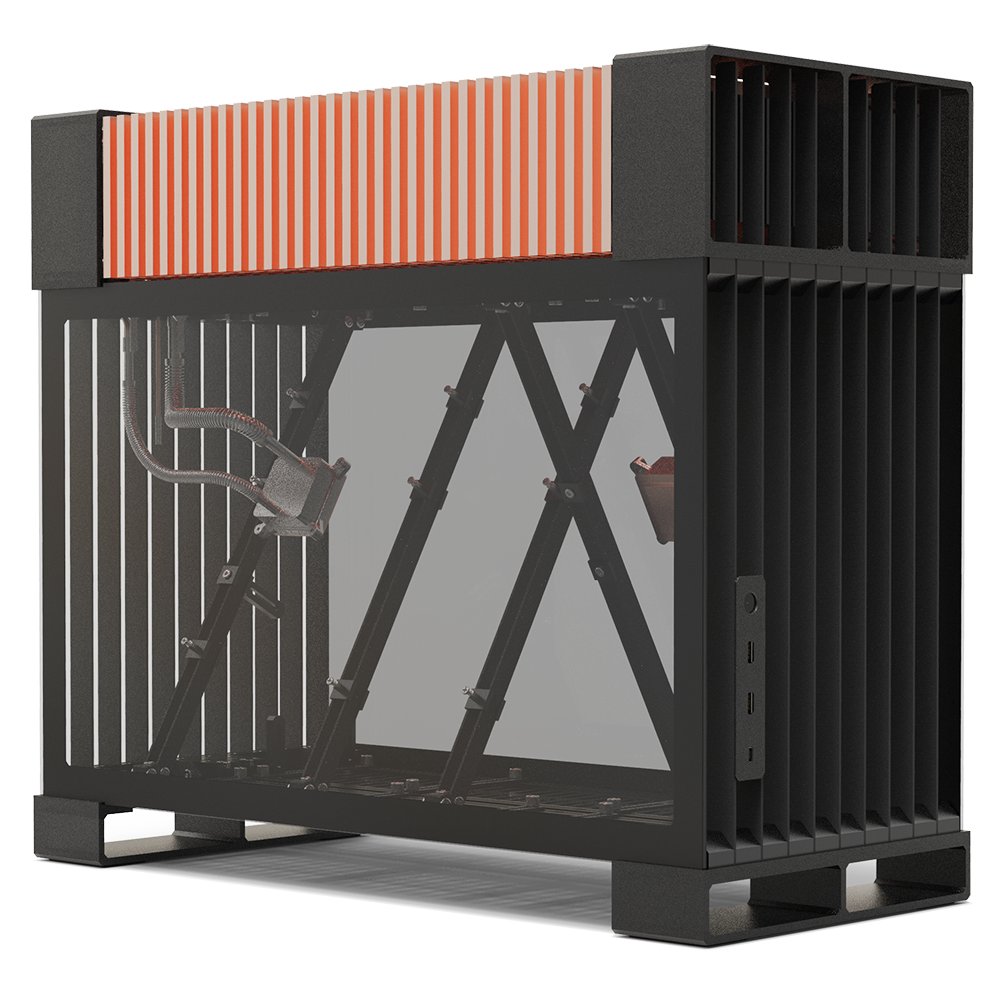
SG10 – Fanless Gaming PC Case – Streacom
Further reading:
Who We Are
Calyos is a leader in the design and manufacture of two-phase thermal management systems. Building on our heritage from Euro Heat Pipes (EHP) and their space technology expertise, we specialize in innovative cooling solutions that tackle the thermal challenges of tomorrow.
What We Do
We engineer advanced cooling technologies, including loop heat pipes, micro-channel heat pipes, and pulsating heat pipes, to optimize thermal performance across a variety of applications. Typically these include: power electronics, processors, and batteries, but we don't stop there we are continuing to develop and produce fully customizable solutions for other specific needs, for example e-motors and fuel cells.
Where We Operate
Calyos is headquartered in Charleroi, Belgium, where our engineering and production teams work side by side in a state-of-the-art facility. From this base, we serve a global clientele, providing our cutting-edge solutions across North America, Asia, Europe, and South America.
When We Started
Calyos was incorporated in 2014 as a spin-off from Euro Heat Pipes (EHP), which was established in 2001 and has become a major player in the European satellite market. Since then, Calyos has been adapting and evolving EHP's space-grade cooling technologies for terrestrial applications.
Why We Matter
Our mission is to lead the industry towards adopting the most effective and sustainable thermal management solutions. We aim to address the most pressing thermal challenges in the data-driven and electrified environments of today, leveraging passive cooling technologies to achieve superior efficiency and environmental stewardship.
How We Succeed
Our success is driven by our commitment to four core values:
1. Applied Knowledge - Transforming deep technical expertise into market-ready solutions.
2. Better Together - Emphasizing collaboration with all stakeholders to enhance our collective success.
3. Inherent Flexibility - Adapting our solutions and practices to keep pace with evolving market demands.
4. Continuous Research - Persistently innovating to maintain our leadership in thermal technology.
Ben Sutton
Marketing & Business Development Manager